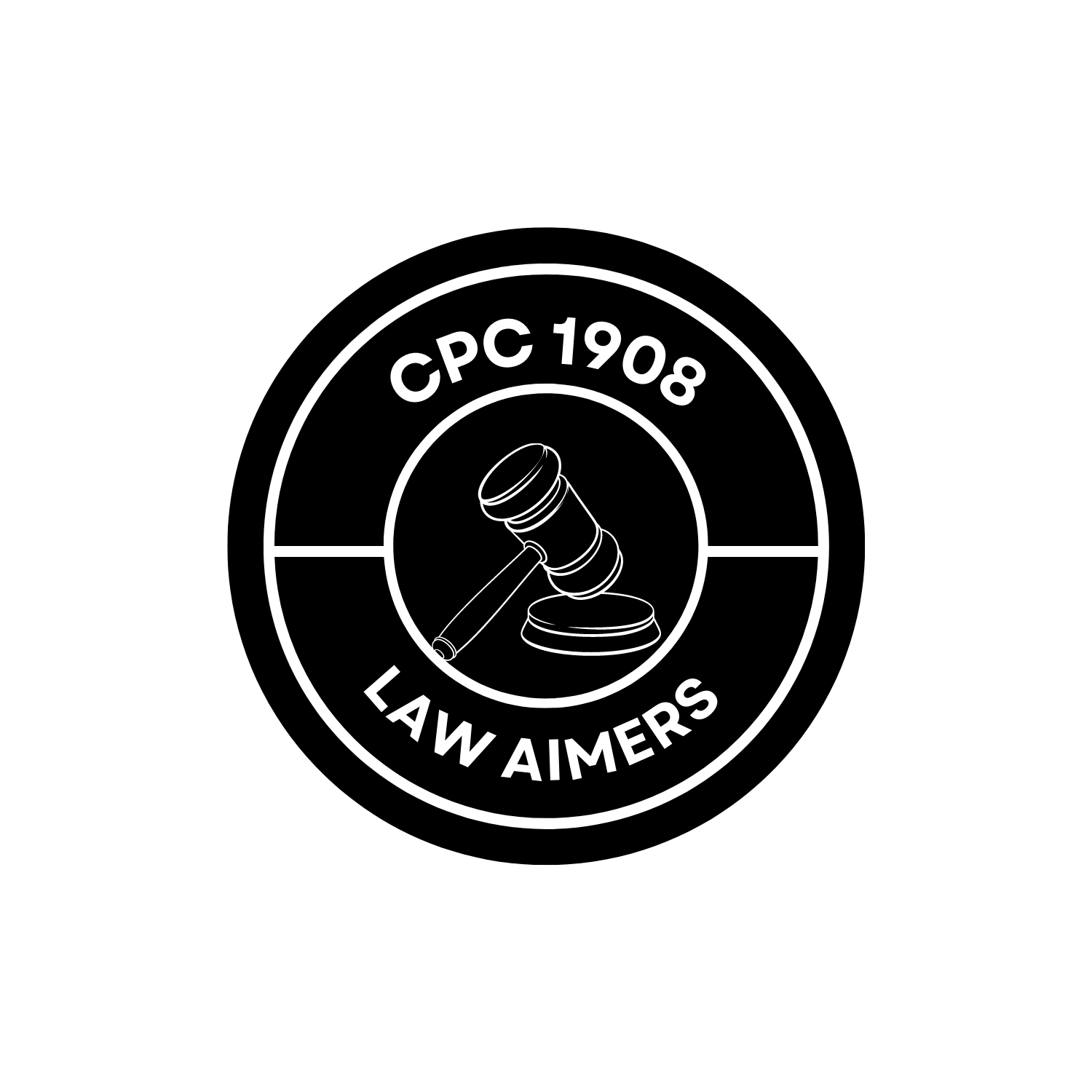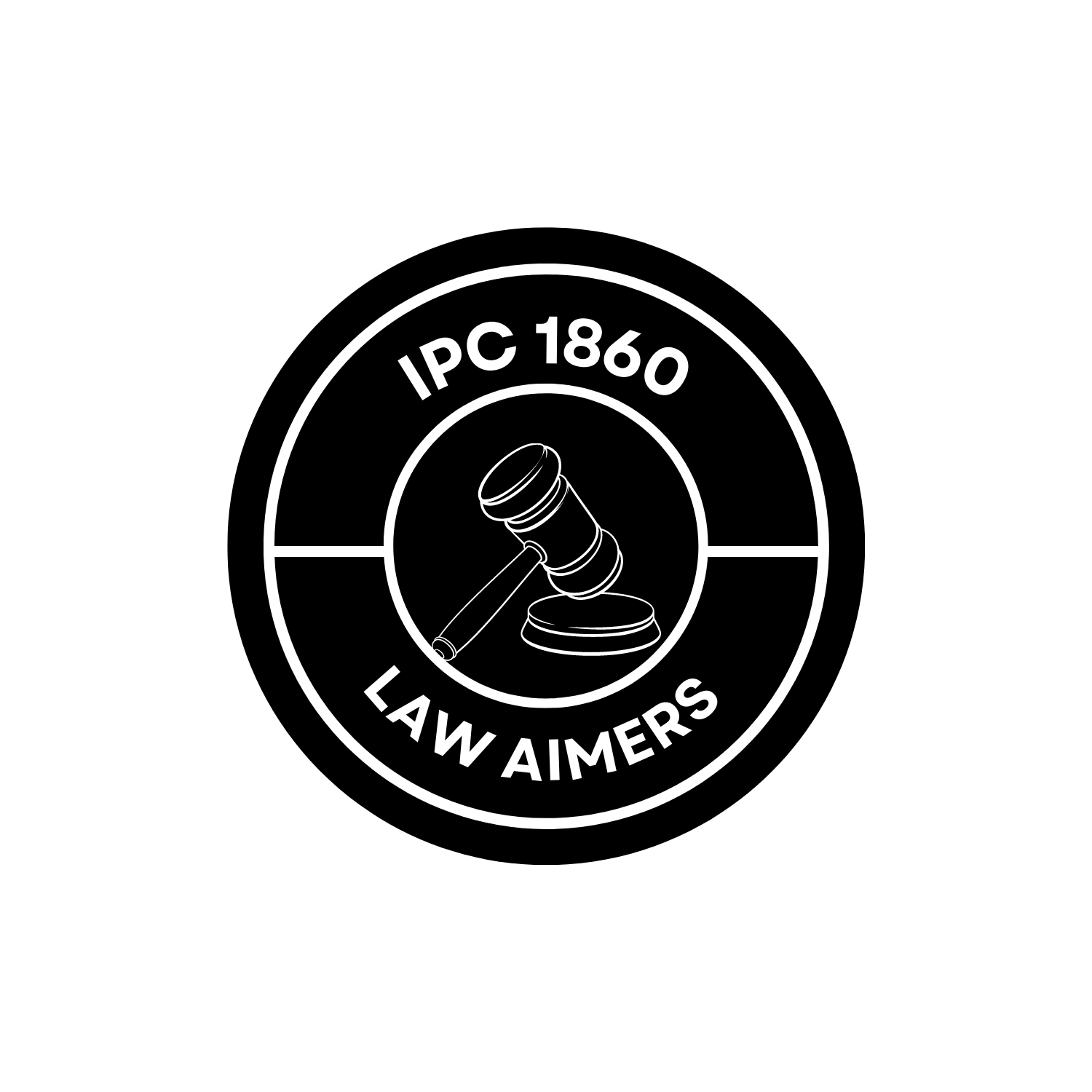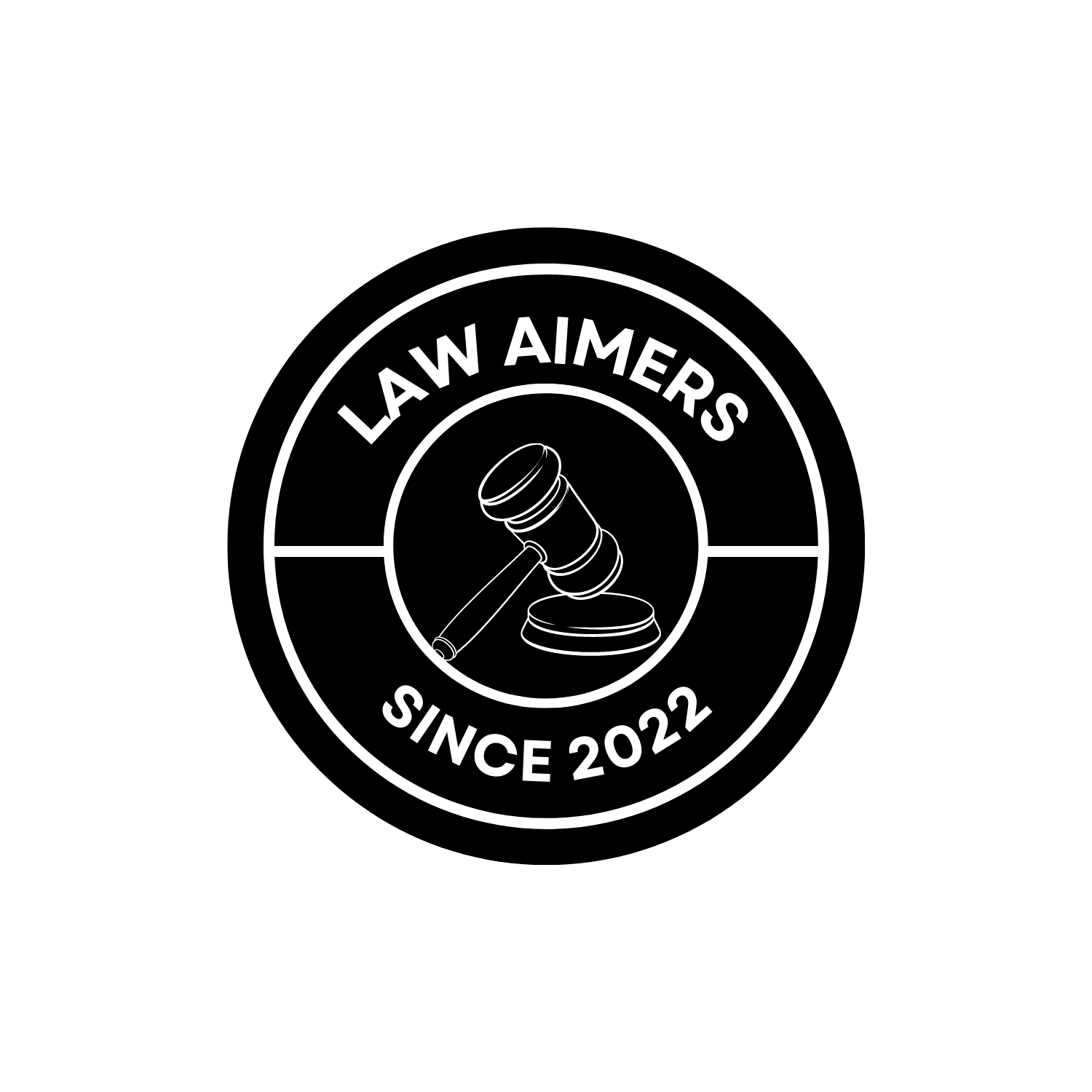1. No abatement by party’s death if right to sue survives.—The death of a plaintiff or defendant shall not cause the suit to abate if the right to sue survives.
2. Procedure where one of several plaintiffs or defendants dies and right to sue survives.—
Where there are more plaintiffs or defendants than one, and any of them dies, and where the right to sue survives to the surviving plaintiff or plaintiffs alone, or against the surviving defendant or defendants alone, the Court shall cause an entry to the effect to be made on the record,. and the suit shall proceed at the instance of the surviving plaintiff or plaintiffs, or against the surviving defendant or defendants.
3. Procedure in case of death of one of several plaintiffs or of sole plaintiff.—(1) Where one of two or more plaintiffs dies and the right to sue does not survive to the surviving plaintiff or plaintiffs alone, or a sole plaintiff or sole surviving plaintiff dies and the right to the sue survives, the Court, on an application made in that behalf, shall cause the legal representative of the deceased plaintiff to be made a party and shall proceed with the suit.
(2) Where within the time limited by law no application is made under sub-rule (1), the suit shall abate so far as the deceased plaintiff is concerned, and, on the application of the defendant, the Court may award to him the costs which he may have incurred in defending the suit, to be recovered from the estate of the deceased plaintiff.
4. Procedure in case of death of one of several defendants or of sole defendant.—(1) Where one of two or more defendants dies and the right to sue does not survive against the surviving defendant or defendants alone or a sole defendant or sole surviving defendant dies and the right to sue survives, the Court, on an application made in that behalf, shall cause the legal representative of the deceased defendants to be made a party and shall proceed with the suit.
(2) Any person so made a party may make any defence appropriate to his character as legal representative of the deceased defendant.
(3) Where within the time limited by law no application is made under sub-rule (1), the suit shall abate as against the deceased defendant.
(4) The Court whenever it thinks fit, may exempt the plaintiff from the necessity of substituting the legal representatives of any such defendant who has failed to file a written statement or who, having filed it, has failed to appear and contest the suit at the hearing; and judgment may, in such case, be pronounced against the said defendant notwithstanding the death of such defendant and shall have the same force and effect as if it has been pronounced before death took place.
(5) Where—
(a) the plaintiff was ignorant of the death of a defendant, and could not, for that reason, make an application for the substitution of the legal representative of the defendant under this rule within the period specified in the Limitation Act, 1963 (36 of 1963), and the suit has, in consequence, abated, and
(b) the plaintiff applies after the expiry of the period specified therefore in the Limitation Act, 1963 (36 of 1963), for setting aside the abatement and also for the admission of that application under section 5 of that Act on the ground that he had, by reason of such ignorance, sufficient cause for not making the application with the period specified in the said Act, the Court shall, in considering the application under the said section 5, have due regard to the fact of such ignorance, if proved.
4A. Procedure where there is no legal representative.—(1) If, in any suit, it shall appear to the Court that any party who has died during the pendency of the suit has no legal representative, the Court may, on the application of any party to the suit, proceed in the absence of a person representing the estate of the deceased person, or may by order appoint the Administrator-General, or an officer of the Court or such other person as it thinks fit to represent the estate of the deceased person for the purpose of the suit; and any judgment or order subsequently given or made in the suit shall bind the estate of the deceased person to the same extent as he would have been bound if a personal representative of the deceased person had been a party to the suit.
(2) Before making an order under this rule, the Court—
(a) may require notice of the application for, the order to be given to such (if any) of the persons having an interest in the estate of the deceased person as it thinks fit; and
(b) shall as certain that the person proposed to be appointed to represent the estate of the deceased person is willing to be so appointed and has no interest adverse to that of the deceased person.
5. Determination of question as to legal representative.—Where a question arises as to whether any person is or is not the legal representative of a deceased plaintiff or a deceased defendant, such question shall be determined by the Court:
Provided that where such question arises before an Appellate Court, that Court may, before determining the question, direct any subordinate Court to try the question and to return the records together with evidence, if any, recorded at such trial, its findings and reasons therefor, and the Appellate Court may take the same into consideration in determining the question.
6. No abatement by reason of death after hearing.—Notwithstanding anything contained in the foregoing rules, whether the cause of action survives or not, there shall be no abatement by reason of the death of either party between the conclusion of the hearing and the pronouncing of the judgment, but judgment may in such case be pronounced notwithstanding the death and shall have the same force and effect as if it had been pronounced before the death took place.
7. Suit not abated by marriage of female party.—(1) The marriage of a female plaintiff or defendant shall not cause the suit to abate, but the suit may notwithstanding be proceeded with the judgment, and, where the decree is against a female defendant, it may be executed against her alone.
(2) Where the husband is by law liable for the debts of his wife, the decree may, with the permission of the Court, be executed against the husband also; and, in case of judgment for the wife, execution of the decree may, with such permission, be issued upon the application of the husband, where the husband is by law entitled to the subject-matter of the decree.
8. When plaintiff’s insolvency bars suit.—(1) The insolvency of a plaintiff in any suit which the assignee or receiver might maintain for the benefit of his creditors, shall not cause the suit to abate, unless such assignee or receiver declines to continue the suit or (unless for any special reason the Court otherwise directs) to give security for the costs thereof within such time as the Court may direct.
(2) Procedure where assignee fails to continue suit, or give security.—Where the assignee or receiver neglects or refuses to continue the suit and to give such security within the time so ordered, the defendant may apply for the dismissal of the suit on the ground of the plaintiff’s insolvency, and the Court may make an order dismissing the suit and awarding to the defendant the costs which he has incurred in defending the same to be proved as a debt against the plantiff’s estate.
9. Effect of abatement or dismissal.—(l) Where a suit abates or is dimissed under this Order, no fresh suit shall be brought on the same cause of action.
(2) The plaintiff or the person claiming to be the legal representative of a deceased plaintiff or the assignee or the receiver in the case of an insolvent plaintiff may apply for an order to set aside the abatement or dismissal; and if it is proved that he was prevented by any sufficient cause from continuing the suit, the Court shall set aside the abatement or dismissal upon such terms as to costs or otherwise as it thinks fit.
(3) The provisions of section 5 of the 1Indian Limitation Act, 1877 (15 of 1877) shall apply to applications under sub-rule (2).
Explanation.—Nothing in this rule shall be construed as barring, in any later suit, a defence based on the facts which constituted the cause of action in the suit which had abated or had been dismissed under this Order.
10. Procedure in case of assignment before final order in suit.—(1) In other cases of an assignment, creation or devolution of any interest during the pendency of a suit, the suit may, by leave of the Court, be continued by or against the person to or upon whom such interest has come or devolved.
(2) The attachment of a decree pending an appeal therefrom shall be deemed to be an interest entitling the person who procured such attachment to the benefit of sub-rule (1).
10A. Duty of pleader to communicate to Court death of a party.—Whenever a pleader appearing for a party to the suit comes to know of the death of that party, he shall inform the Court about it, and the Court shall there upon give notice of such death to the other party, and, for this purpose, the contract between the pleader and the deceased party shall be deemed to subsist.
11. Application of Order to appeals.—In the application of this Order to appeals, so far as may be, the word “Plaintiff” shall be held to include an appellant, the word “defendant” a respondant, and the word “suit” an appeal.
12. Application of Order to proceedings.—Nothing in rules 3, 4 and 8 shall apply to proceedings in execution of a decree or order.





